The Truth You Need To Know About: What Type of Lower Blood Sugar is Enough

As diabetes awareness in today's lives is rapidly growing, most people care about high blood sugar levels. And the thing people always forget is about the low blood sugar, which is also called hypoglycemia. So if you are the one who is suffering from diabetes or pre-diabetes, or if you want to know about low blood sugar that will become dangerous, it is something that you need to know now.
In this blog, we’ll break down the truth, reveal real examples, explore what’s normal vs. dangerous, and highlight what happens when your sugar drops too far. We’ll also uncover what this means for your health, the signs to watch, and how to take control before it becomes a nightmare.
What Is Considered Low Blood Sugar?
Your body runs on sugar. It’s the glucose. It fuels your brain and keeps you moving. When it drops too much, things get weird. The best supplement to control your lower blood sugar Levels.
Here’s where the numbers start to matter:
- 70–100 mg/dL: You’re fine. This is normal when you haven’t eaten.
- 60–70: Might feel a bit off, shaky, and hungry.
- 50–59: Now it’s harder to think straight. You might snap at people.
- Below 54: Your body’s waving a red flag.
- Under 40: That’s a hard stop. You need sugar.
The Truth You’re Not Told About Hypoglycemia: Low blood sugar doesn’t just cause temporary discomfort. If left untreated, it can lead to
- Seizures
- Unconsciousness
- Coma
- Death in extreme and unmanaged cases
What happens when your blood sugar falls under 54 mg/dL?
You enter dangerous territory. Your body begins to shut down non-essential functions to protect the brain, and if that fails, your brain function begins to decline rapidly. Many people don’t understand at the initial stage when they are entering into low blood sugar state. So it is best to know about the signs and to take care.
Symptoms of Low Blood Sugar You Should Never Ignore
You’ll be surprised how often these symptoms are brushed off. Here are the signs you must know:
Mild Symptoms
-
Shaking or tremors
-
Sweating
-
Irritability or anxiety
-
Hunger
-
Pale skin
- Heart racing
Severe Symptoms
-
Confusion
-
Blurry vision
-
Loss of coordination
-
Slurred speech
-
Seizures
- Unconsciousness
What Causes Blood Sugar to Plummet?
The key to prevention is to know what makes blood sugar drop. And here it is.
1. Skipping meals or eating too little
If you are the one who is dealing with insulin or taking medications, it can cause blood sugar levels to rise when you skip meals.
2. Over-medicating with insulin
This is a common trap for diabetics. A small miscalculation can lead to dangerous lows.
3. Intense exercise
Physical activity burns glucose. Without proper fuel, your sugar plummets fast, especially after cardio workouts.
4. Alcohol
Yes, alcohol can interfere with your liver’s ability to release stored glucose, causing a delayed sugar crash.
5. Certain medical conditions
Liver, kidney, or adrenal gland issues can create long-term hypoglycemia risk.
Children & Seniors: The Most Vulnerable
Low blood sugar is especially hazardous in:
-
Children due to smaller reserves and quicker sugar drops.
-
Elderly adults, who often have reduced awareness of symptoms
They are vulnerable because they may not recognize the signs or may be unable to act in time.
How to Monitor Your Blood Sugar
Don’t wait until symptoms show up. Prevention starts with regular monitoring. Use a glucometer or CGM (Continuous Glucose Monitor) and test:
-
Before meals
-
After meals
-
Before/after exercise
-
Before bedtime
- If feeling unwell
The “15-15 Rule” to Save Your Life
The fastest fix for low sugar? The 15-15 Rule:
-
Eat 15 grams of fast-acting carbs
-
Wait 15 minutes
-
Check your sugar again
- If it’s still low, repeat
Examples of 15g Carbs:
-
½ cup orange juice
-
1 tablespoon honey or sugar
-
3–4 glucose tablets
-
6 hard candies
Warning: Do NOT overcorrect. It leads to sugar spikes and further instability.
Low Blood Sugar Can Affect Everyone
You don’t need to be diabetic to experience hypoglycemia. It can also occur in:
-
People with thyroid issues
-
Those following intermittent fasting
-
Underweight individuals
-
Athletes on low-carb diets
-
People with alcohol addiction
That’s why you need to know the facts, not just guess based on symptoms.
Best Foods That Stabilize Blood Sugar
A stable diet prevents extreme lows. Here are foods that control your lower blood sugar levels, fiber-loaded, and nutrient-packed foods to include daily:
-
Eggs (rich in biotin)
-
Sweet potatoes
-
Almonds & walnuts
-
Oats
-
Lentils and beans
-
Avocados
-
Leafy greens (spinach, kale)
-
Berries (low glycemic)
These not only help with sugar balance but also improve skin, hair, and mood.
What This Means for Your Health
Living with frequent blood sugar crashes puts you at risk of:
-
Cognitive decline
-
Hormonal imbalances
-
Stress on the heart and kidneys
- Depression and anxiety
The truth is simple: Managing your lows is as important as avoiding highs. The best way is to know, plan, and act.
Common Mistakes to Avoid
-
Skipping meals to lose weight
-
Overcorrecting with sugar (causing rebounds)
-
Not keeping snacks nearby
-
Exercising on an empty stomach
-
Ignoring early symptoms
- Relying only on symptoms and not checking with a device
Final Takeaway: What Level of Low Blood Sugar Is “Enough”?
If your blood sugar is:
-
Below 70 mg/dL—be alert
-
Below 54 mg/dL—take immediate action
-
Below 40 mg/dL—it’s a medical emergency
Don’t wait for symptoms to scream at you. Listen to the early whispers and take action.
The Truth You Needed—Delivered
The things Now you know:
-
What level is dangerous
-
Why it happens
-
How to fix it quickly
-
What to eat
-
What mistakes to avoid
Ultimately, low blood sugar management is not about survival; it's about thriving with understanding.
Which is the Best Supplement To control lower blood sugar levels?
At RediClinic, we’ve put together a range of carefully chosen supplements—biotin-rich formulas and multivitamins—that help you:

Click Here To Buy From Our Official Website
RediClinic Diacontrol is a powerful dietary supplement designed to help manage healthy glucose levels already within the normal range.. Formulated with a blend of potent ingredients like Gymnema Sylvestre, Cinnamomum Camphora, and Licorice, Diacontrol works synergistically to support pancreatic function and enhance overall metabolic health.
-
SUPPORTS HEALTHY LEVELS & OVERALL HEALTH: Ingredients in our Blood Support Supplement, including Cinnamon, Chromium and Vanadium, help support healthy levels that are already within the normal range. Our formula includes a variety of powerful herbs to help support your health.
- OVER 15 POWERFUL HERBS & VITAMINS: Our Support supplement includes Chromium, Bitter Melon, Cinnamon, Alpha Lipoic Acid, Vanadium (vanadyl sulfate), White Mulberry, Banaba Leaf and , Guggul, Licorice Root, L-Taurine, Yarrow Flower, Gymnema sylvestre, Cinnamomum camphora, Momordica charantia,Asparagus racemosus, Glycyrrhiza Glabra, Pterocarpus marsupium, Pterocarpus marsupium, Mangifera Indica Linn, Mangifera Indica Linn, cumini Skeels, Syzygium, Asphaltum, Berberis aristata, Enicostemma littorale
- GMP CERTIFIED FACILITY: Our Support Formula is manufactured in an FDA registered facility that adheres to Good Manufacturing Practices (GMP). We are committed to maintaining a high quality Support Supplemen
- No Side Effects: Enjoy safe and effective blood sugar control without the adverse effects associated with other medications.
Conclusion
Discover our biotin-enriched supplements and multivitamins to support you in keeping your energy stable, avoiding lows, and overall health. The well-being of your body begins with providing it with the proper fuel daily.
No comments






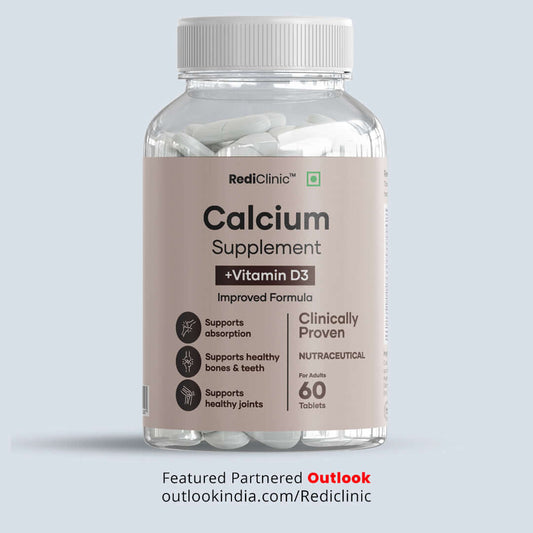

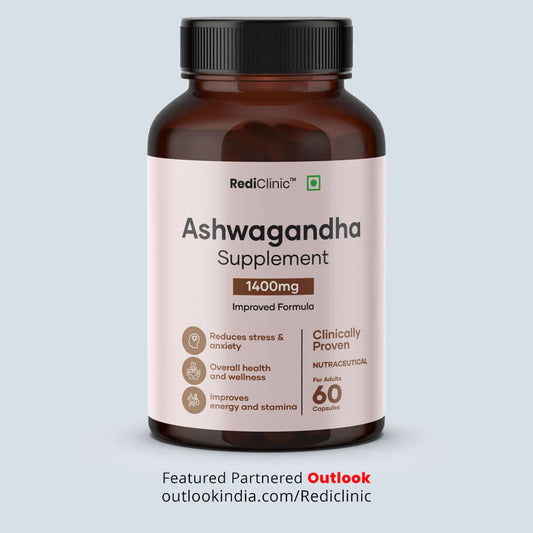
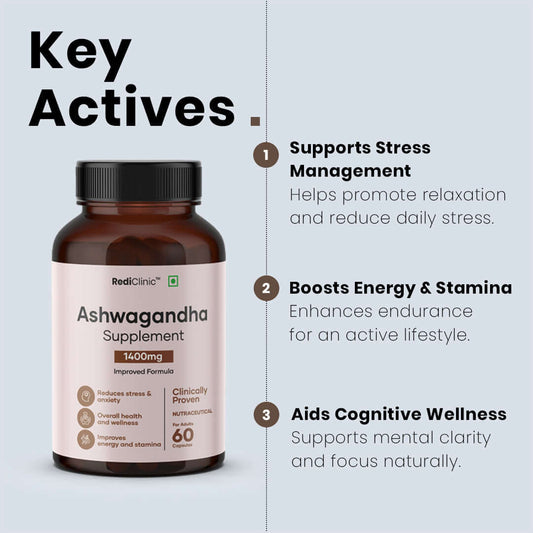
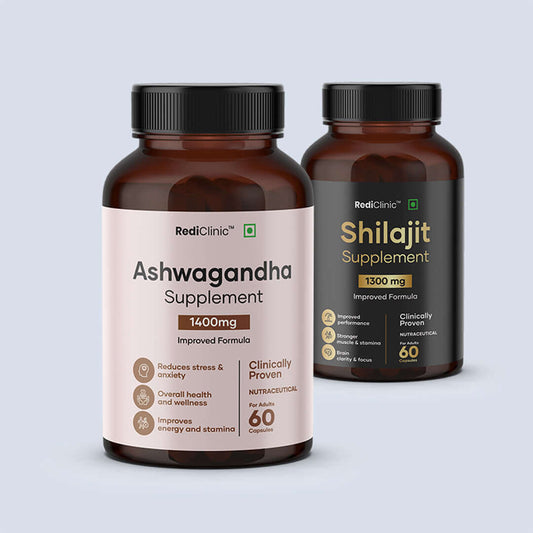
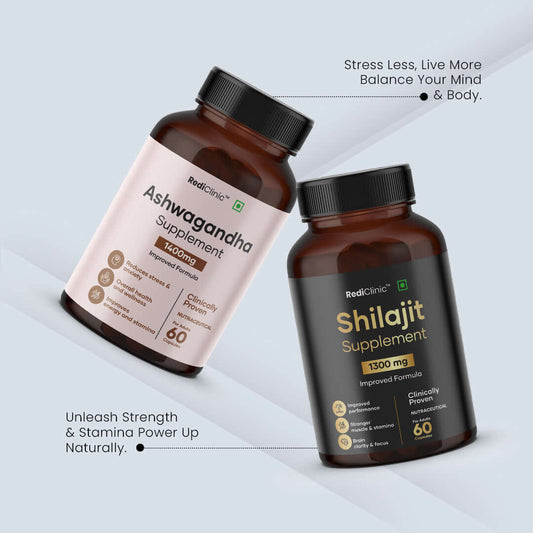
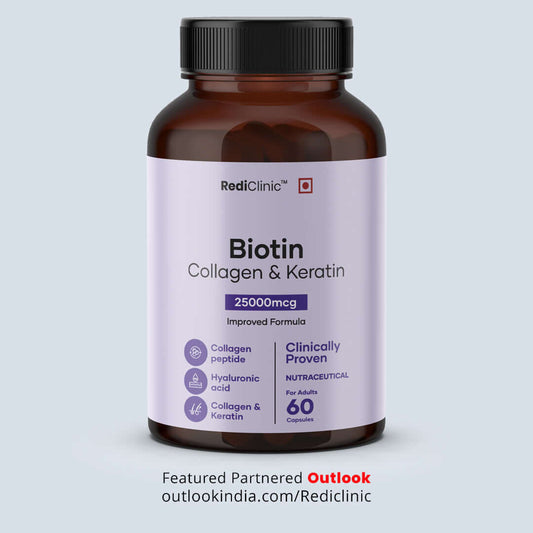


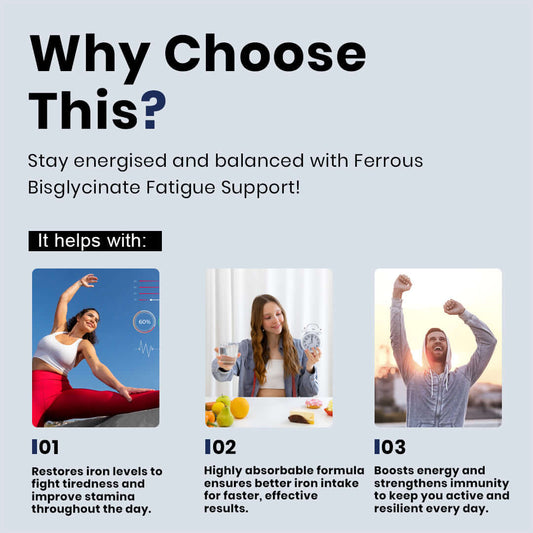
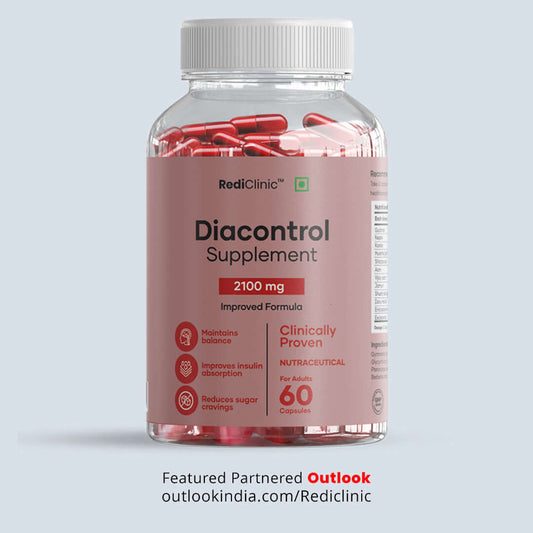


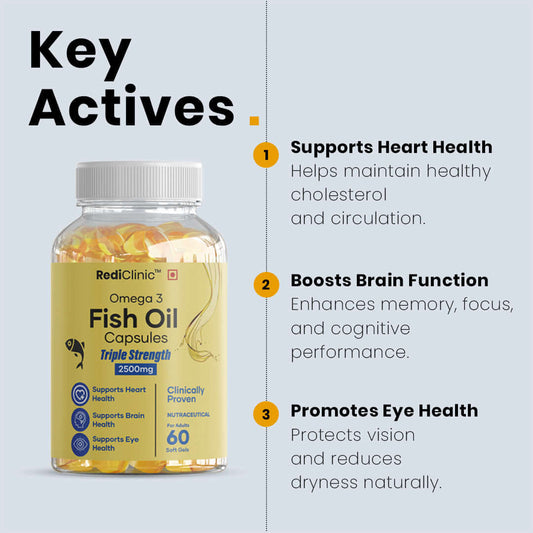



0 comments